Evidence of Carbon Dioxide's Influence on the Greenhouse Effect

Scientists at the US Department of Energy’s Lawrence Berkeley National Laboratory demonstrated the first direct observation of increased radiative forcing due to increased carbon dioxide levels in the atmosphere. This study, published in Nature , is the first to provide direct observational evidence linking rising carbon dioxide concentrations to the greenhouse effect.
Scientists at the US Department of Energy’s Lawrence Berkeley National Laboratory demonstrated the first direct observation of increased radiative forcing due to increased carbon dioxide levels in the atmosphere. This study, published in Nature and linked below, is the first to provide direct observational evidence linking rising carbon dioxide concentrations to the greenhouse effect.
The researchers monitored radiative forcing at the earth’s surface for eleven years between 2000 and 2010 at two locations, the Southern Great Plains and the North Slope of Alaska. Spectroscopic instruments, capable of detecting infrared energy attributed to specific phenomena such as carbon dioxide, clouds, and water vapor, recorded near-daily measurements at each site. The nearly 11,600 results showed a statistically significant increasing trend of 0.2 Watts per square meter per decade of infrared energy due to atmospheric carbon dioxide alone. Radiative transfer equations and additional measurements corroborated these results. Researchers linked these results to data from the National Oceanic and Atmospheric Administration which showed an increase of 22 parts per million of atmospheric carbon dioxide in the same time period. Combined, the researchers concluded that the increase in radiative forcing due to carbon dioxide could be linked to fossil fuel emissions and fires.
These results agree with theoretical predictions of the greenhouse effect, giving credence to current climate models assessing the impact of carbon dioxide. The measurements also allow scientists to evaluate the influence of photosynthesis and temporal variations on the greenhouse effect.
Watch a video highlighting the data from the study below!
Sources: Berkeley Laboratory, Nature
Sources: Berkeley Laboratory, Nature
Media
- These graphs show carbon dioxide’s increasing greenhouse effect at two locations on the Earth’s surface. The first graph shows CO2 radiative forcing measurements obtained at a research facility in Oklahoma. As the atmospheric concentration of CO2 (blue) increased from 2000 to the end of 2010, so did surface radiative forcing due to CO2 (orange), and both quantities have upward trends. This means the Earth absorbed more energy from solar radiation than it emitted as heat back to space. The seasonal fluctuations are caused by plant-based photosynthetic activity. The second graph shows similar upward trends at a research facility on the North Slope of Alaska.
- Berkeley Lab
Want to read more like this story?

The First Industrial-Scale Plant For Capturing Carbon Dioxide
Oct, 27, 2015 | NewsClimeworks AG develops the first plant for Carbon Capture carbon dioxide directly. Climeworks AG...
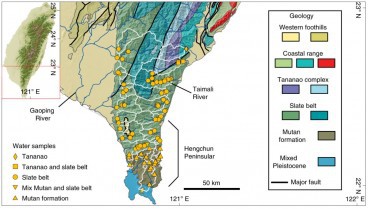
How geological processes affect the concentration of carbon dioxide in the atmosphere: The case study of Taiwan
May, 11, 2021 | NewsA new study, recently published in Nature Geoscience, focuses on the concentration of carbon dioxid...
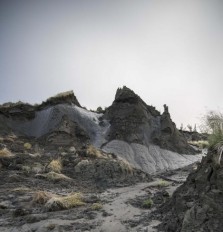
Thawing Permafrost: Feeds Arctic Microbes, Climate Change
Apr, 23, 2015 | NewsScientists at Florida State University are researching the fate of carbon released from during the t...
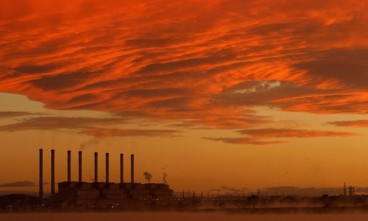
Australia Is Forced To Reduce By 30% The Emissions Of Carbon Dioxide
Jul, 20, 2015 | NewsAustralia is required to reduce by 30% the emissions of carbon dioxide by 2025. The decision was mad...
The prospects for carbon-neutral buildings
Oct, 27, 2023 | NewsIn the United Kingdom, buildings account for 33% of greenhouse gas emissions and 40% of global ener...

Carbon sequestration in soils cannot fix climate change to the extend it was thought to
Nov, 01, 2016 | NewsSoil as carbon storehouse needs to be part of, not the whole solution Soil as carbon storehouse n...

Scientists convert waste plastics into high-value carbon materials
Nov, 01, 2025 | NewsResearchers from Shenyang Agricultural University, the Guangzhou Institute of Energy Conversion (Ch...
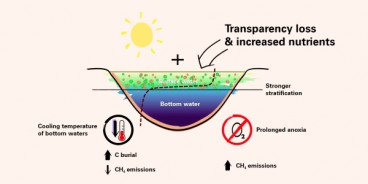
The surprising effect of greenhouse gas in lakes
Sep, 16, 2019 | NewsAccording to a new study, the effects of greenhouse gases are different than anticipated in lakes....
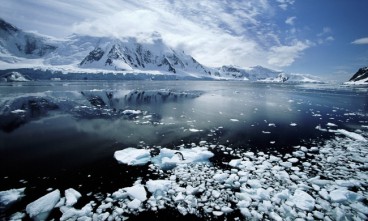
East Antarctic Ice Sheet retreated little during past 8 million years
Jun, 29, 2018 | NewsLarge parts of the East Antarctic Ice Sheet did not retreat significantly during a time when carbon...
Trending

Vertical gardens in Mexico City to combat pollution
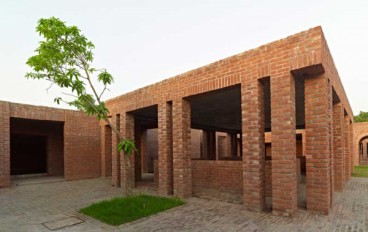
Characteristics of Load Bearing Masonry Construction
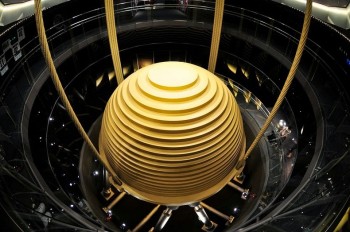
Taipei 101’s impressive tuned mass damper
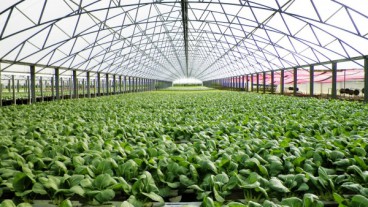
Dutch greenhouses have revolutionized modern farming
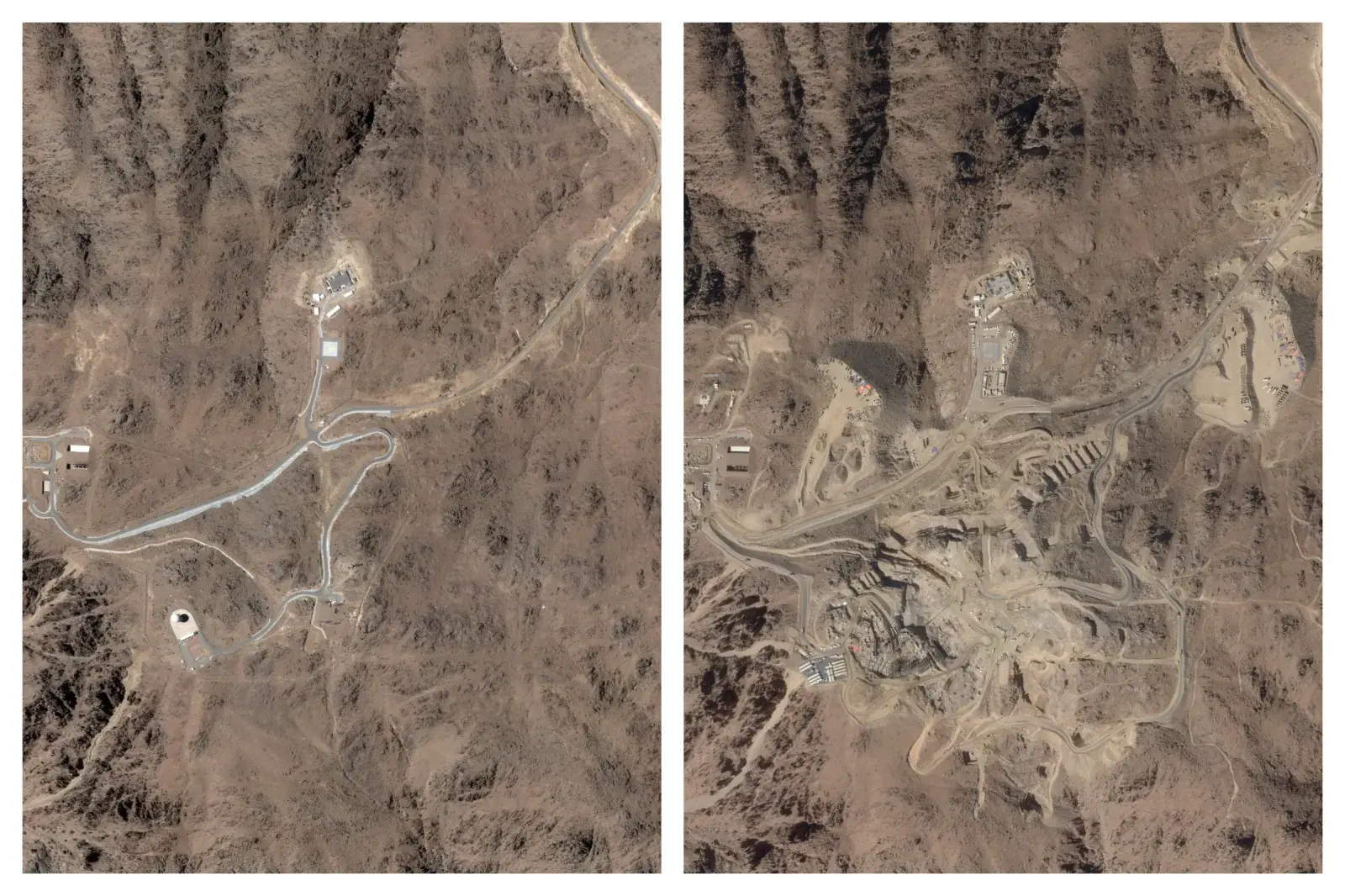
The Line at Neom faces feasibility reassessment while construction continues

The Line at Neom faces feasibility reassessment while construction continues

King Salman Gate unveiled adjacent to Mecca’s Grand Mosque

